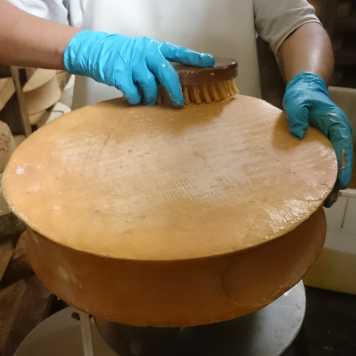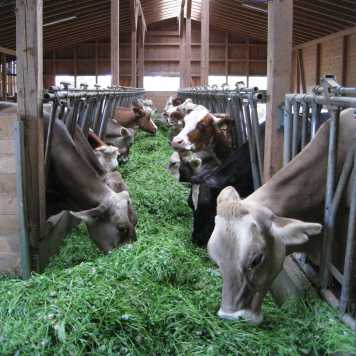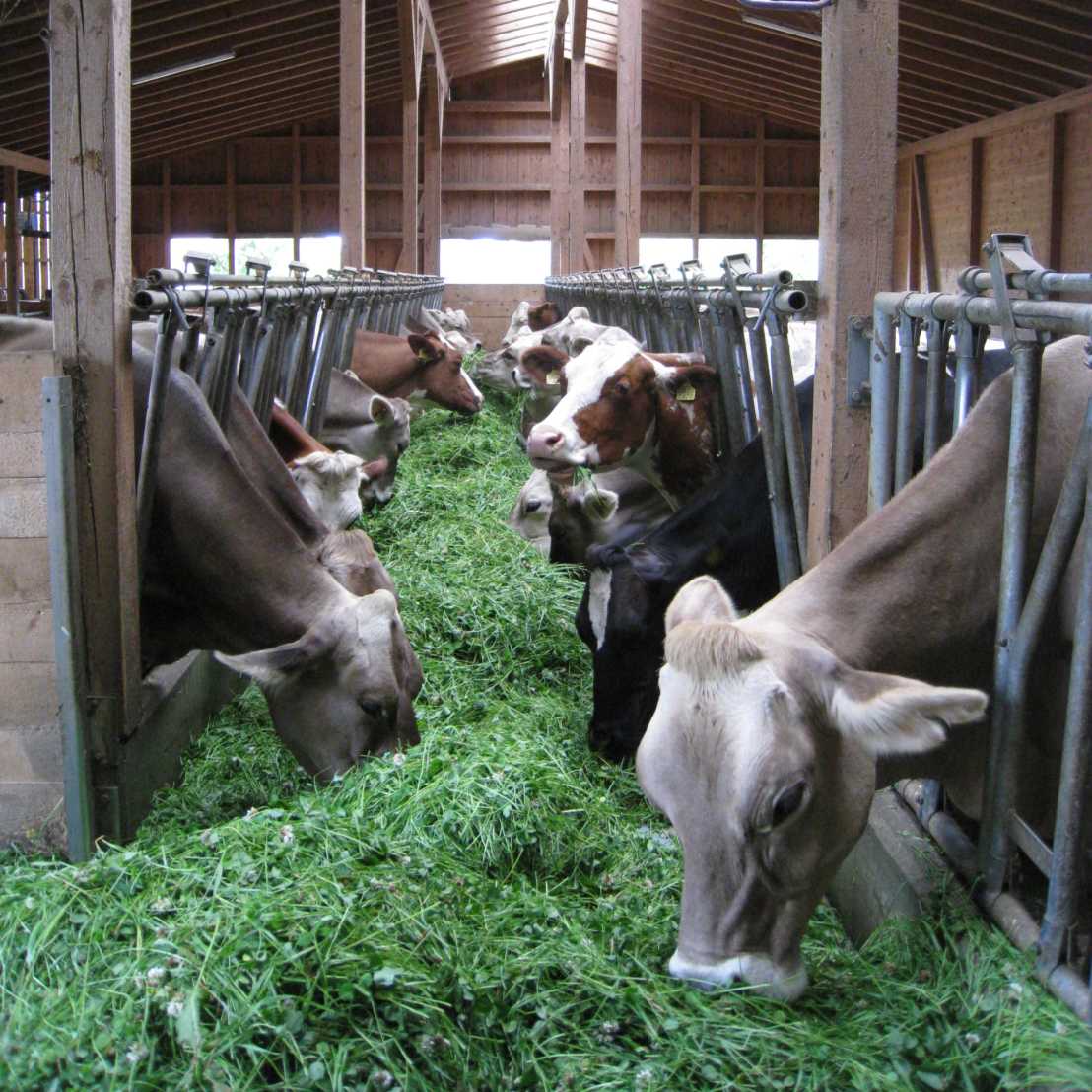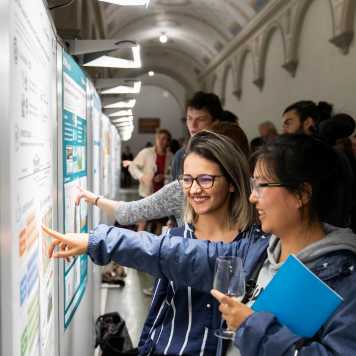MIOD
Dairy products as essential sources of iodine in the Swiss population: understanding iodine transfer into milk and milk products and its bioavailability in humans (MIOD)
The goal is to identify the key factors that influence the iodine content of milk and milk products, by investigating the effect of feeding patters in dairy farming and of practices in milk processing. Further, this project will allow the development and implementation of a novel tracer-based method to investigate at which rates iodine is absorbed by humans.
Iodine (I) deficiency is estimated by WHO to be the leading cause of preventable mental retardation worldwide. Switzerland was severely I deficient until iodized salt was introduced in 1922. National surveys in 1999, 2004 and 2009 have generally shown sufficient I intake in school aged children and pregnant women but other population groups such as weaning infants and women of reproductive age have low intakes. Along with iodized salt, milk and dairy products are the main I sources in Switzerland, supplying more than half of intakes, and the population would be I deficient without this important contribution. However, milk products are an unpredictable source: I concentrations of milk vary widely between seasons and production methods, with organic products generally showing lower concentrations. Therefore, this project will investigate the key factors that influence the iodine content of milk, from the dairy cow, through processing, to human consumption. The project goal is to provide new data for recommendations for dairy cow I supplementation and milk processing in order to achieve a specified range of I concentration in milk products, so that I intake by target populations in Switzerland are adequate, avoiding both I deficiency and I excess. This project has three sections: 1) To determine the dose-response of iodine supplementation to dairy cow diets onmilk I concentration, specifically in the lower feed I concentrations used in organic production; 2) to investigate the effect of processing of milk with varying I concentration on I content in dairy foods such as yogurt and cheese in order to minimize losses; and 3) to use a new method of labeling milk with the I tracer 129I (entails no health risk), in order to directly quantify I bioavailability from milk in humans for the first time. With these three approaches, three major gaps in knowledge will be closed.
Oral Presentation at World Food System Center Research Symposium 2018

Iodine in milk and dairy products in relation to iodine in feed and the contribution to iodine intake in Swiss adults by Olivia van der Reijden

Publication in British Journal of Nutrition (2018)
external pageThe main determinants of iodine in cow’s milk in Switzerland are farm type, season and teat dippingcall_made by Van der Reijden OL et al.
Feature in Il Nuovo Manifesto Società Coop 2015

DownloadScienza, alimentazione e gli interessi dei privati (PDF, 48 KB)vertical_align_bottom by Martini E.


